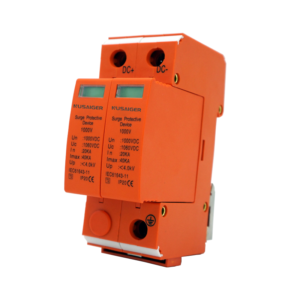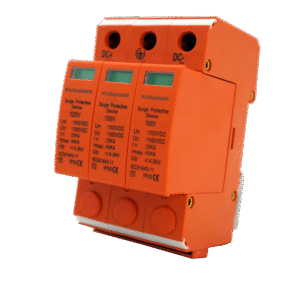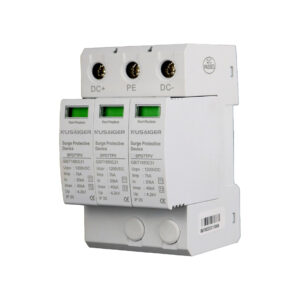Introduction
Whether installing a PV system for residential, commercial, or utility use, regulatory compliance is non-negotiable. Your PV combiner box must meet industry standards not just for legal approval—but for safety, insurability, and longevity.
Why Compliance Matters
Reduces liability risk
Qualifies system for subsidies or feed-in tariffs
Ensures compatibility with inverters, batteries, and BOS components
Required for export/import in most countries
Key Standards to Know
Standard Region Focus Area
NEC 690 USA Solar PV installation code
UL 1741 USA Inverter & interconnection safety
IEC 61439 Global Low-voltage switchgear and controlgear
IEC 62109 Global PV safety for power converters
What to Look For
Labeling: Verify certification marks like UL, CE, or TUV
Test Reports: Ask suppliers for internal test results and third-party validation
Materials & Specs: Flame retardant, voltage tested, and thermal compliant
Tips for Installers & Buyers
Always ask for a declaration of conformity (DoC)
Check if fuses, breakers, and SPDs are individually certified
Understand your region’s export/import customs requirements
Conclusion
Regulatory compliance ensures the PV combiner box you choose is up to the task—today and for decades to come.



